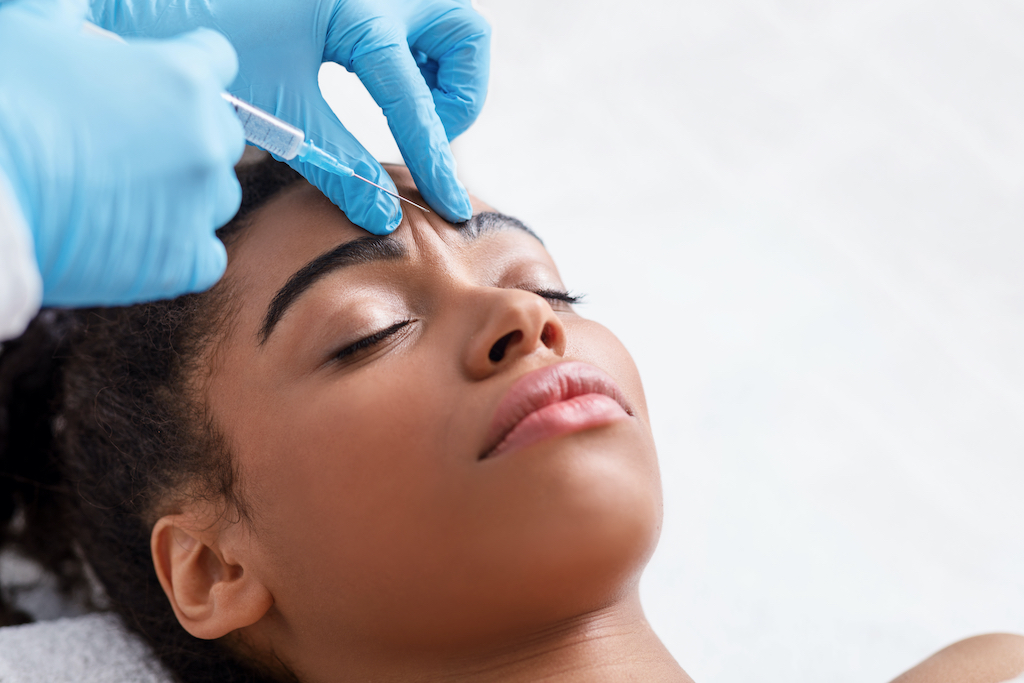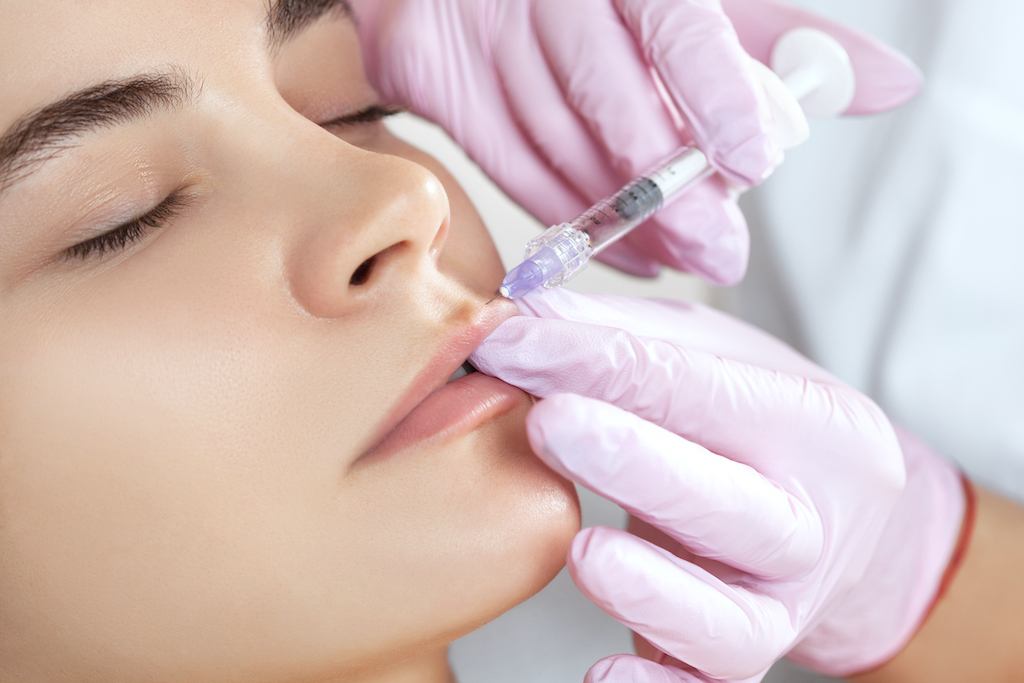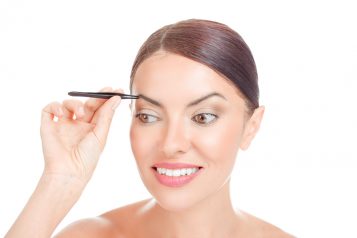Mara C. Weinstein Velez, M.D., FAAD is a board-certified dermatologist, and Director of Cosmetics and Laser Surgery at the University of Rochester Medical Center, in Upstate New York. Dr. Weinstein-Velez completed a prestigious Laser, Cosmetic and Dermatologic Surgery fellowship at SkinCare Physicians in Boston, with clinical faculty from the Harvard and Yale Departments of Dermatology and is one of the only Fellowship-trained Cosmetic and Laser Surgeons in Western NY.
Haute Beauty expert Dr. Mara Weinstein-Velez discusses several cosmetic injectables that are used to reduce wrinkles and tighten skin.
 Photo Credit: ShutterstockWhat are cosmetic injectables?
Photo Credit: ShutterstockWhat are cosmetic injectables?
Cosmetic injectables are non-surgical treatments used to reduce the appearance of fine lines, wrinkles, crepey skin, replace volume due to aging, and even stimulate collagen and elastin production on the face and body. The main types of injectables are neuromodulators and dermal fillers.
What is the difference between neuromodulators and dermal fillers?
Neuromodulators are used for the treatment of fine lines caused by facial expressions, and dermal fillers can be used to replace volume or as biostimulators to promote collagen production. Fillers are injected into the face and body. Depending on the concern, they can be injected directly under an etched wrinkle to lift the skin in areas where it is sagging to promote collagen and directly replace volume. Or in the case of biostimulatory fillers in patients where the radiance, volume, and texture of the skin could all use improvement. Neuromodulators, like Botox®, are injected into the muscle to block communication between the nerve and muscle, thereby softening targeted facial expressions like frowning.
Who can perform cosmetic injections?
With any medical procedure, it is important to choose a highly trained and experienced provider. Board-certified dermatologists and plastic surgeons understand facial anatomy and will provide you with the safest and most desirable results.
What are fillers best used for?
There are several different types of fillers, including Sculptra, Belotero, Juvéderm® Products, Restylane® Products, and Radiesse®. Different fillers can be used to achieve different goals.
For example, fillers can be used to:
– Plump lips
– Lift and enhance cheeks
– Add volume in the tear troughs
– Soften nasolabial folds
– Smooth vertical lip lines, marionette lines, and chin wrinkles
– Smooth crepey skin of the arms, neck, chest, upper knee, buttock, and abdomen
– Lift acne scars and other depressed scars on the face and body
The filler that is right for you should be determined by your experienced injector. Fillers differ in many ways and each brand of filler can be used in different areas depending on the individual needs of the patient.
 Photo Credit: ShutterstockWhat are neuromodulators best used for?
Photo Credit: ShutterstockWhat are neuromodulators best used for?
Neuromodulators or “wrinkle relaxers” are used for the treatment of wrinkles. There are two types of wrinkles; static and dynamic. Static lines are ones that are etched into the skin and are present even when you are not expressing. When started early, neuromodulator treatment can prevent the formation of static lines altogether. However, if you already have static lines, regular treatments with neuromodulators (and filler) can certainly soften the appearance, and in some cases, eliminate them in the long run.
There are four different types of FDA approved neuromodulators:
• Botox®
• Dysport®
• Xeomin®
• Jeauveau®
What are the differences between these four treatments?
All four of the above neuromodulators work the same way – they prevent nerve communication with the muscle to soften expression lines. Some of the main differences have to do with their FDA approvals as noted below.
What are the most common long-term effects of injectables? Are there any risks?
Overall, long-term neurotoxin treatment results in brighter, less wrinkled skin.
One of the benefits of continuous treatments with neurotoxin is that eventually, you will train your muscles not to make wrinkle-forming facial expressions as aggressively as you did previously. Once you are used to the feeling of having less movement in the forehead, you will be more aware of making movements when the toxin wears off, and consciously make an effort not to frown, squint, or raise your eyebrows. This will help prevent future wrinkles and reduce the amount of neurotoxin treatment you need over time.
One of the risks of long-term neurotoxin use is the weakening of the facial muscles. This is along the same lines as the famous quote, “if you don’t use it, you’ll lose it!” Luckily, this is not a bad thing when it comes to neuromodulators as they only affect the muscles treated. Overall, by starting these antiaging treatments early, the concept of “prejuvenation” can help prevent the need for prolonged and potentially more invasive treatments later. Remember to use a proper skincare regimen and to wear sunscreen daily to help maintain your “Skinvestment!”
For more information, visit Dr. Brian A. Levine's social media:


























